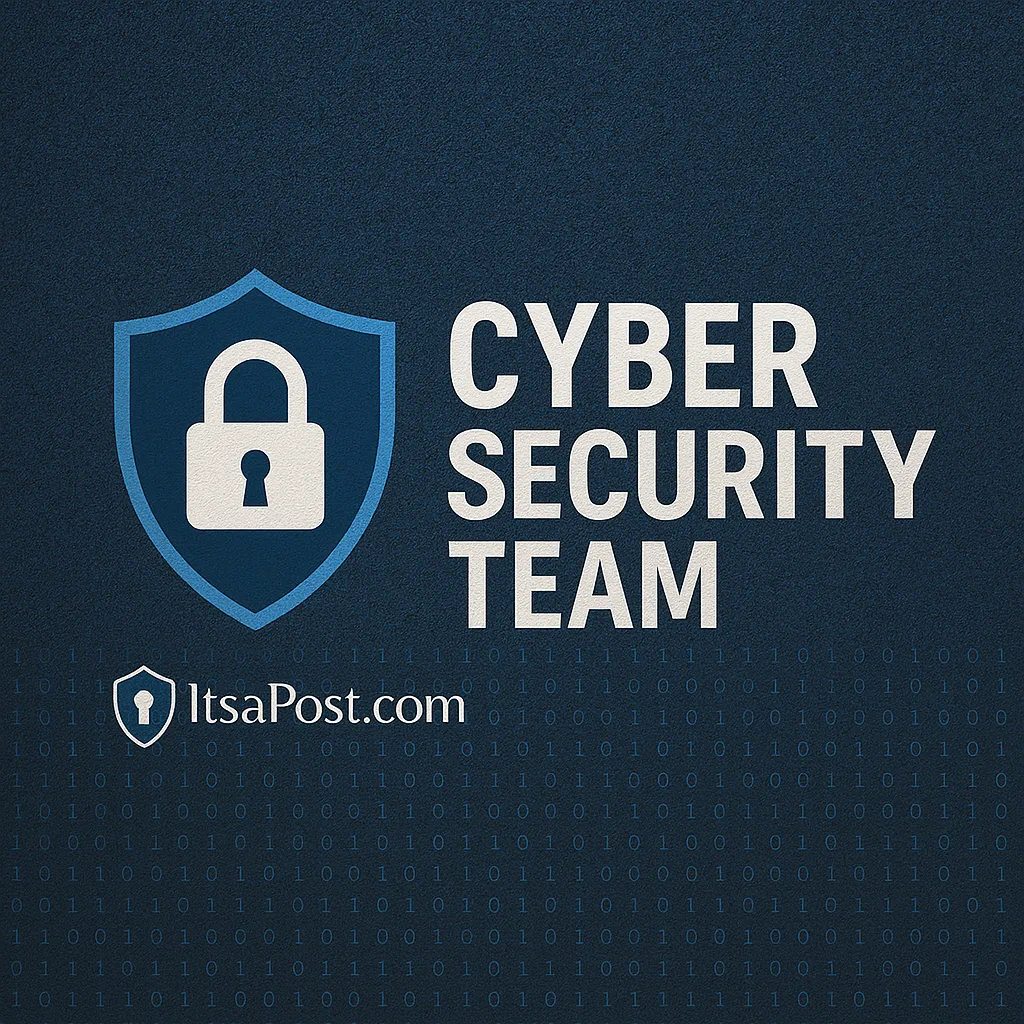Exploring Zero Trust Security: Principles and Real-World Applications
In the digital age, traditional security models based on perimeter defense are increasingly proving inadequate. The concept of Zero Trust security, which operates on the principle of 'never trust, always verify', is gaining prominence as a more robust defense mechanism against modern cyber threats. This article explores what Zero Trust security entails, its core principles, implementation strategies for businesses, and practical examples of its application.
What is Zero Trust?
Zero Trust is a strategic approach to cybersecurity that eliminates the concept of trust from an organization's network architecture. Rooted in the principle that threats can originate from both outside and inside the network, it mandates that no user or device should be trusted by default, even if they are within the network perimeter (source). This model requires rigorous identity verification, continuous monitoring, and validation at every step of digital interaction.
Key Components of a Zero Trust Model
1. Strict Identity Verification
Central to Zero Trust is the strong authentication of all users and devices. The US Department of Labor, for instance, adopted Microsoft Entra ID to centralize its identity systems, ensuring that access to sensitive data is securely controlled (source).
2. Microsegmentation
Microsegmentation splits a network into secure zones, allowing organizations to isolate workflows and minimize lateral movement. This tactic significantly enhances security by limiting access to parts of the network on a need-to-know basis (source).
3. Least Privilege Access
Under this principle, users are granted the minimum level of access required to perform their job functions. This approach minimizes each user's exposure to sensitive parts of the network.
Implementing Zero Trust for Small Businesses
While the implementation of Zero Trust can seem daunting, small businesses can adopt this framework without significant investment. Starting with strong user authentication and implementing basic segmentation of the network can be effective initial steps (source).
Real-World Application: A Case Study
Consider a small business that handles sensitive client information. By implementing two-factor authentication, ensuring all data access is logged and reviewed, and using microsegmentation to protect critical data, the business significantly lowers the risk of data breaches.
Conclusion
Zero Trust is not just a security model but a comprehensive approach to network security that requires ongoing adaptation and enforcement. For businesses willing to invest in robust cybersecurity, Zero Trust provides a framework that addresses both internal and external threats effectively.
Adopting a Zero Trust model can help prevent data breaches and build customer trust, ultimately supporting long-term business resilience.
